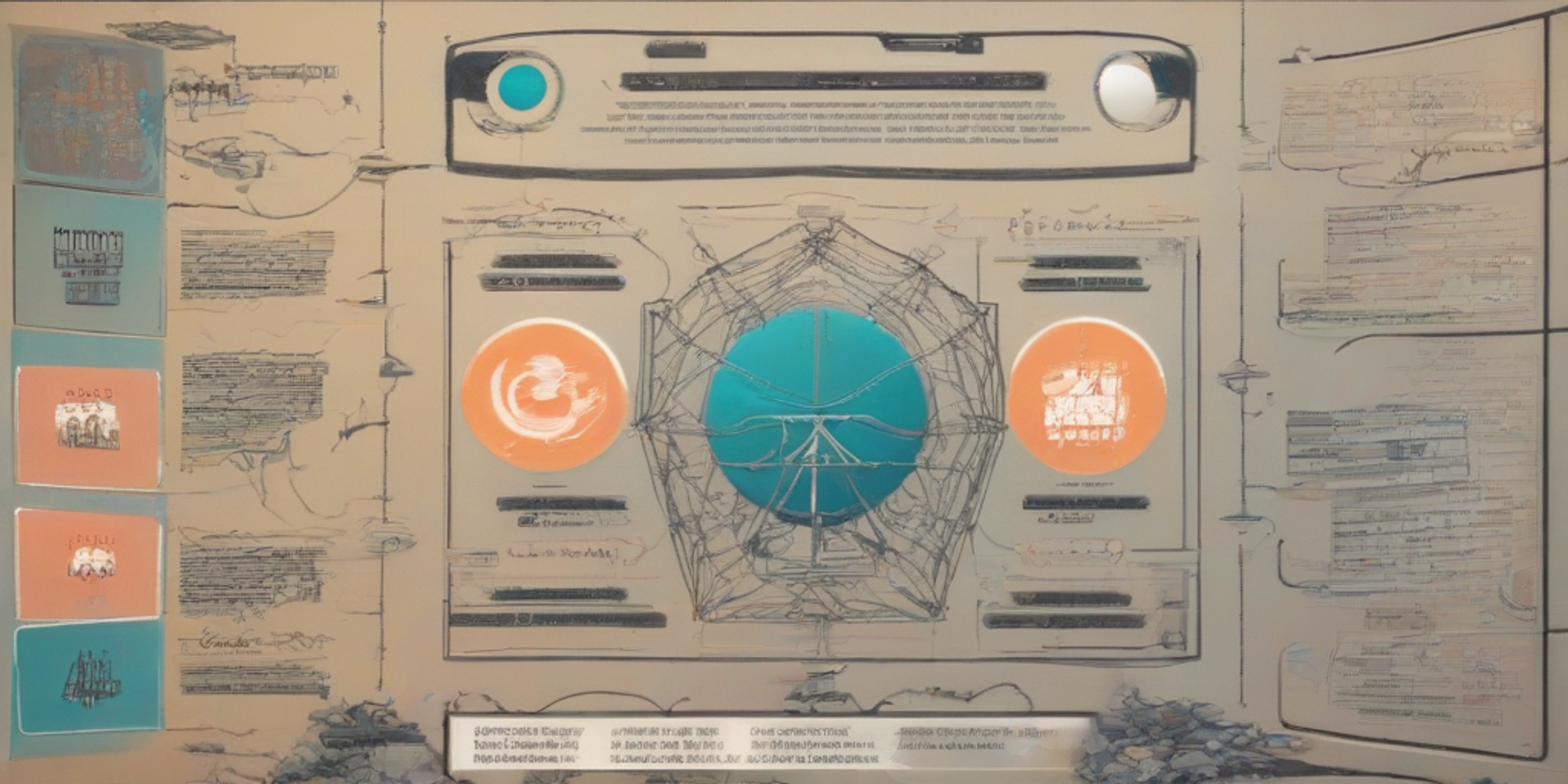
The Potential of Integrating Large Language Models (LLMs) with Web Navigation
Are you ready for the next wave of AI-powered applications? Google DeepMind has developed an exciting new LLM called WebAgent that has the potential to revolutionize web browsing and automation tasks on websites. By combining the power of language models with web navigation, a whole new world of possibilities opens up. Let's dive into the details!
Challenges in Real-World Web Navigation
Real-world web navigation poses unique challenges that need to be overcome when integrating LLMs. These challenges include an undefined action space, longer HTML observations, and a lack of domain-specific knowledge. While single LLMs have made significant strides in language understanding, they often struggle to navigate websites effectively.
Introducing WebAgent: The Power of Two LLMs
WebAgent, developed by Google DeepMind, takes a groundbreaking approach to website navigation. It combines two LLMs - "Flan-U-PaLM" for generating code and "HTML-T5" for task planning and HTML summarization. This combination significantly enhances HTML understanding and navigation accuracy.
Unlocking HTML Understanding with HTML-T5
The HTML-T5 model leverages local and global attention mechanisms, enabling it to effectively handle the structure of HTML documents. This functionality is crucial in accurately understanding and navigating web pages.
Enhanced Comprehension and QA Performance
WebAgent's combination of language models enhances static website comprehension. When tested in QA tasks, WebAgent achieved a remarkable 50% increase in success rates compared to using single LLMs alone. This demonstrates the power of combining language models for real-world web navigation.
The Flow of Planning, Summarization, and Grounded Program Synthesis
WebAgent showcases a powerful flow of planning, summarization, and grounded program synthesis in automation tasks. By effectively understanding and navigating websites, WebAgent opens up new possibilities for automating repetitive tasks and streamlining workflows.
Impressive Success Rates on Real Websites
When put to the test on real websites, WebAgent achieved a remarkable 70% success rate, surpassing single LLM approaches by over 50%. This shows the practicality and effectiveness of integrating LLMs with web navigation.
DeepMind's Approach to Crafting HTML-Specialized Language Models
Google DeepMind's approach to crafting HTML-specialized language models involves training local and global attention mechanisms using long-span denoising objectives. This ensures that the language models are equipped to understand the complexities of HTML documents accurately.
As we look towards the future of AI-powered applications, the integration of LLMs with web navigation holds immense potential. Whether it's improving web browsing experiences, enhancing conversational interactions with web content, or revolutionizing user interfaces, LLMs have the power to break barriers and drive innovation.
Now, dear reader, I leave you with this thought: how will the integration of LLMs with web navigation change the way we interact with the internet and propel us into the age of intelligent automation? Only time will tell, but the possibilities are endless.
Keep exploring, stay curious, and embrace the power of LLMs in shaping our digital future. 🚀💻


